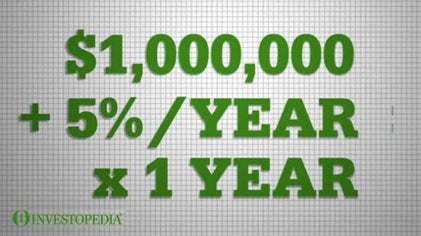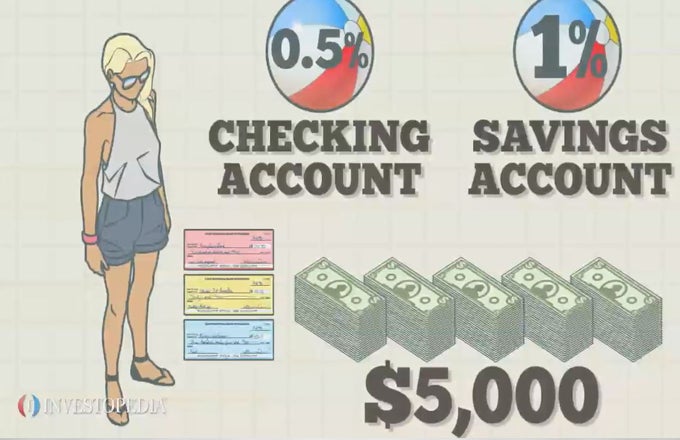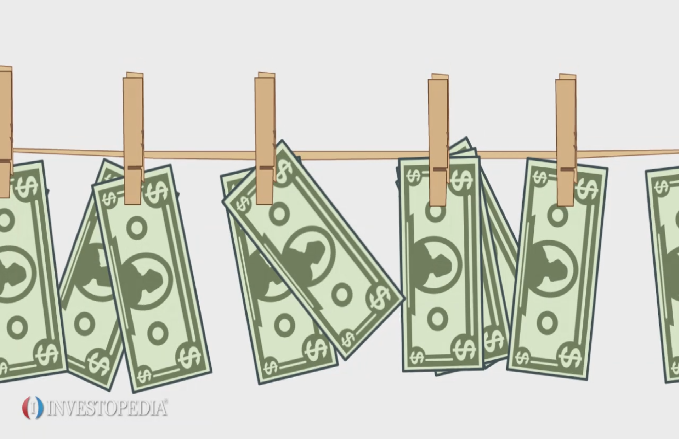Fiat money is any legal currency that is not backed by a physical commodity, nor does the material it is made of have significant value. The currency’s stated value exists because of government decree. Hence the name “fiat,” which comes from Latin and means, “It shall be.” A currency that is fiat money maintains its value from the stability of the government and economy it belongs to—and through intelligent management of money supply by a central bank.Virtually all paper currencies in the world today are fiat money, along with most coin currencies. However, in previous centuries, most currencies were representative currencies, meaning they were backed by gold or silver. With representative currencies, each unit of currency represented an equal amount of gold or silver held by the central government. A government could theoretically only create as much currency as it had gold or silver in its vaults. In those days, a person could take currency, such as a dollar, to a bank and demand a dollar’s worth of gold in exchange. This is called convertibility. Though fiat money has been used periodically around the world since roughly the year 1000, it didn’t become the norm until 1971, when U.S President Nixon declared that the U.S. dollar was no longer convertible into gold. Because fiat money cannot be redeemed for gold, it risks losing value due to inflation. Inflation happens when a government produces too much paper currency, and its value drops quickly.





